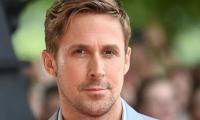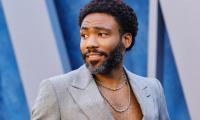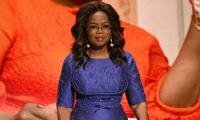Estimates vary, but it is fairly certain that anywhere between 400,000 and 500,000 people have lost their lives in Syria’s ongoing war, so far. Tens of thousands of those are children. The conflict in Syria is, perhaps, the most multifarious since the Second World War. There are too many parties and too many proxy wars happening all at once.
Despite the international despair generated by Aylan’s photo, the image was disturbingly used by various parties to validate their reasons for war. In some way, the photograph had, itself, become a weapon in the hands of the warring parties, as opposed to a rallying cry for an urgent ceasefire and eventual peace.
In fact, current talks between the United States and Russia seem largely focused on achieving an accord that meets the political interests of two fiercely competitive countries and, to a lesser extent, their war proxies. The interests of the Syrian people – the likes of Aylan and his family – hardly seem paramount.
This reaction to Aylan’s tragic death was no different from the more recent release of a photo of a five-year-old boy, Omran Daqneesh. His little body was seated alone in the back of an ambulance after being dug out from underneath rubble – his tiny hands on his lap, his face dirty, bloodied and dazed.
This pitiful image was barely used as an opportunity to make a strong case of why a ceasefire must be reached; why the war must end. It was nothing more than a lost opportunity to unite the world in its anger and horror against this war.
Instead, the picture found its way to the stifling media arguments made by those who continue to stoke the fire for yet more firepower and greater military interventions.
The image of Omran Daqneesh was circulated not long after the beheading of Palestinian boy Abdullah Issa by a vile extremist. Instead of serving as a reminder of the revulsion against war, the horrifying video of the gruesome murder merely instigated a propaganda campaign by all sides of the war in Syria.
What has become of Syria and its people? This nation that was unparalleled in its beauty, history, poets and intellectuals (which, like Iraq, have been equally destroyed) is now encapsulated in a mere photograph – of a dead child or another dying – in photos that make an occasional buzz on social media circles, but eventually fade away.
It seems that the more the Syria war drags on, the more desensitized people become to its harrowing images. Quite often, the media grandstanding on Syria seems to translate to trifling or no action at all, even when a platform for action is presented.
If the enthusiasm for war in Syria was met with similar enthusiasm in addressing its humanitarian consequences, the situation for Syrian refugees would have not been as dire as it is today.
Aylan, Omran and Abdullah are dead, but it is children like them who will have to carry the burden of Syria for many years to come – to heal the deep wounds of their nation, to rebuild it, to struggle through the pain of coping with its bloody past.
The best way to honor these children is by understanding that the future of Syria’s children cannot be determined according to the whims of American and Russian politicians but the Syrian people themselves.
Aylan, Omran and Abdullah and 50 thousand dead children in Syria deserve better, and the world has collectively failed them. We cannot deny that, but it is never too late to do our utmost to ensure the survival of those who are still alive, subsisting in refugee camps or on the run in their own country, or whatever remains of it.
This article has been excerpted from: ‘Honoring Aylan Kurdi by Ending the War in Syria’.
Courtesy: Counterpunch.org
While these films are fictional, parallels between their narratives and real world discussions about AI are hard to...
Despite their numbers, young voices are often sidelined
Depositors who want to profit from their savings will transfer their money to banks to invest in any business venture
Not surprisingly, our youth see no hope for the future
The post-election situation will be troublesome and worrisome for Modi
Most favourable concept developed so far revolves around public-private partnerships







